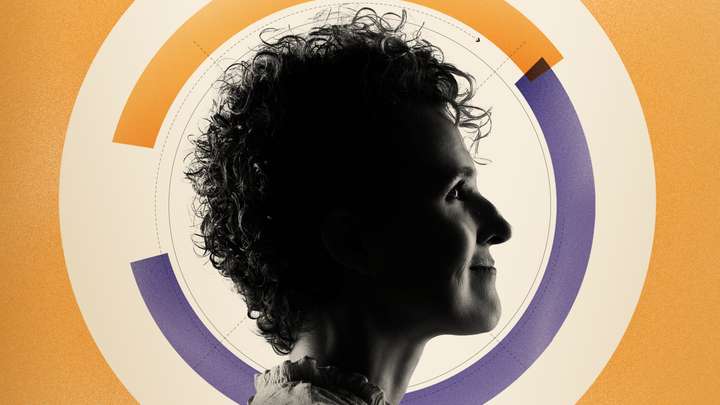
Liberal Media and the Civil Rights Movement
Top of Mind with Julie Rose - Season 1, Episode 768 , Segment
6
Italian Elections and China Term Limits, The Real St. Patrick, Liberal Media
Episode: Italian Elections and China Term Limits, The Real St. Patrick, Liberal Media
- Mar 14, 2018 11:00 pm
- 27:16
Guest: David Greenberg, PhD, Professor of History, Journalism and Media Studies, Rutgers University, Author, “Republic of Spin: An Inside History of the American Presidency” Presidents and politicians have, for decades, had a beef with the press as being biased. Richard Nixon did it in secret. “The press is the enemy. The press is the enemy,” President Nixon emphasizes to his national security advisers in a recording of a White House conversation. President Donald Trump doesn’t bother with secrecy. “A few days ago I called the fake news the enemy of the people,” Trump said to a cheering crowd at the CPAC conference in February, 2017. “And they are, they are the enemy of the people. Because they have no sources. They just make ‘em up when there are none.” Gallup polls show most Americans today believe the media favors a political party - and most of those people believe the media favors Democrats over Republicans. The “liberal media” as it’s called. But prior to the 1950s, Democrats – including FDR and Harry Truman – frequently complained the press was biased in favor of conservatives. So what changed? How did it become virtually gospel truth in the minds of so many Americans – and politicians – that the mainstream media is liberally biased? The story is a fascinating one that’s important to understand as we all try to make wise choices in where we get our news.